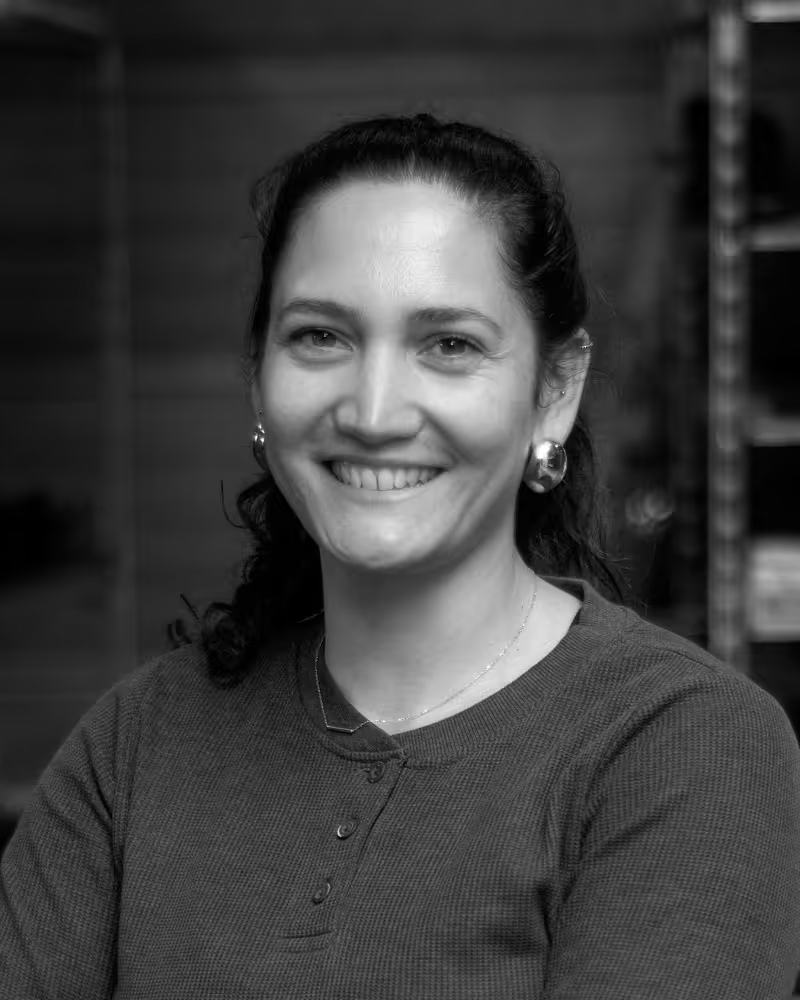Contact
Power up your future!
Reach out to us. We're here to answer your questions and help you take the leap towards a fully electric world.
- Inquiring about services
- Questions about our Deep-Tech
- Become an Investor
- Join eQiP
Contact details

Paul vosbeek

Sanne Wassink

Timo Pauel
Want to know what works best for you?
Discover exactly how our systems can work for you. We’ll provide personal, detailed advice for your situation, free, fast and with no obligations.

Frequently asked q's
To configure the most suitable HybridEnergy Storage System for your specific needs, understanding your energy profile is crucial. eQiP provides detailed data measurement at a frequency of10Hz (every 0.1 seconds), analyzes your energy profile, and offers system configuration advice. For more information, please contact us.
Current energy storage technologies are limited—not just in capability, but in lifespan.
The typical solution? Oversized battery capacity that you pay for, designed to meet your tough energy demands and prevent premature wear.
Our approach? Robust technology that’s built to last. With a drastically improved lifecycle, we spread costs over time. Plus, our modular system combines multiple technologies and smart analytics, tailoring precisely to your needs—no need for unnecessary overcapacity.
Bottom line: You pay less because our technology is more flexible, more durable, and lasts longer.
The Hybrid Energy System is designed for large-scale energy challenges in industries and is not suitable for residential use. For more information about the markets that eQiP focusses on please visit quinteqenergy.com.
The flywheel operates on the principle of kinetic energy storage, our flywheel system stores energy by spinning up a rotor, and releases energy by decelerating this rotor. Our flywheel can store energy from any energy source, such as solar, wind, gensets or grid power. For more information pleas visit quinteqenergy.com.
A sodium-ion battery functions similarly to a lithium-ion battery but uses sodium ions (Na⁺) instead of lithium ions (Li⁺). During charging, sodium ions move from the cathode to the anode through an electrolyte, while electrons flow through an external circuit. When discharging, the ions return to the cathode, releasing stored energy to the grid.
